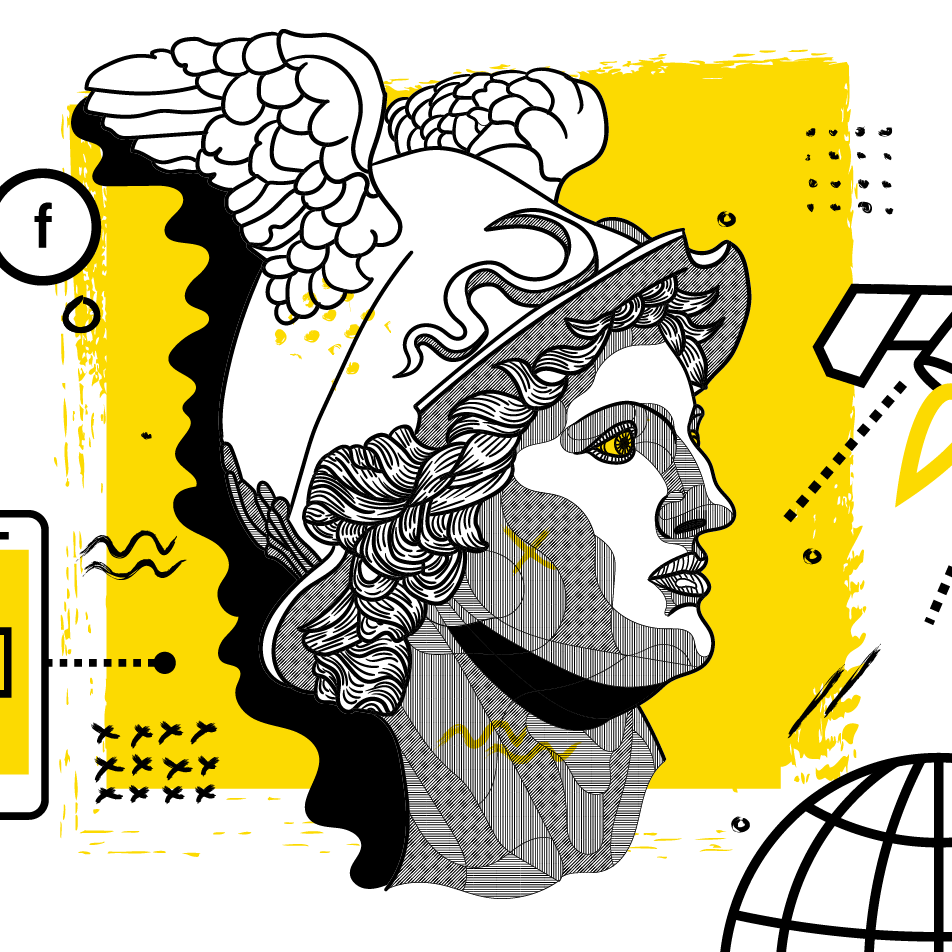We grow by sharing our experience, knowledge and expertise/

Global Expansion through Digital Marketing
The digital arena has revolutionised the way companies otherwise not historically focused on strong web presence or strategic online marketing have had to evolve.
Industries traditionally deemed as being too boring to market online - insurance, accounting, finance, medical or law, to name a few - are now realising that they too are having to turn to digital marketing activities so as to retain their place in today’s buying process.
On a larger scale, rapid globalisation has also seen purchasing decisions and buying patterns cross multiple geographical borders, and as a result, more and more companies are seeing not only the opportunity but also the necessity to expand beyond domestic online markets.
Marketing efforts have thus turned to all things digital for global business expansion.
But in order to effectively leverage the online consumption habits of consumers, marketers within traditionally ‘offline’ sectors need to fully understand the intrinsic value of digital marketing and the unprecedented influence it has on a company reaching new markets.
Global reach
It’s a given that the nature of the internet means that digital marketing efforts are no longer restricted to one particular region. They can instead be targeted to and localised to meet the varying demands and nuances of different countries, cultures and consumption preferences.
Visually rich
Digital marketing is essentially visual storytelling. Marketers today know that visual content is more effective in grabbing a person’s attention than blocks of text. Even ‘science reports that we respond to visual stimulation much better then optical’ (Forbes). It’s no surprise then that YouTube has become the 2nd largest search engine after Google. Or that global brands are adapting their digital marketing campaigns to meet the demands of visual trends everywhere.
Optimised quickly
Online analytics tools that enable marketers to collect data at any given point in the sales process leading up to conversion means that any change that may need to be effected in order to further optimise a digital marketing campaign can happen immediately. Leveraging data to optimise a campaign is key.
It is measurable
Digital marketing is measurable in that it allows a company to establish metrics and KPI’s that determine whether ROI is being met. Measurable goals are therefore critical to a company’s success and are integrated into digital strategies so as to track sales and revenue growth (or decline), overall site and mobile traffic, conversion rates, rate of return visitors, consumer engagement, CAC (cost to acquire a customer) and any other metrics that are vital for a business.
Market Micro-Segmentation
Micro-Segmentation of customers into particular groups based on particular behaviours, traits, and other factors, is a practice that companies utilise whereby marketers target very specific digital marketing campaigns to each micro-segment so as to optimise consumer engagement and interaction. This is especially important when one has to consider cross-cultural values and social nuances.
The benefit of this tactic is that it starts becoming possible for marketers to foresee the impact of different marketing campaigns on different clusters of customers, and adapting the campaigns accordingly.
Customizable and personalised
The possibilities for personalizing and customizing digital marketing strategies as well as the actual digital experience are infinite. And more than this, consumers are demanding it. So companies and brands need to anticipate those expectations and find creative ways of living up to them. Technologies exist today that can bring to life ideas that were practically unheard of not too long ago. Marketers must make use of these tools to satisfy the personalised experience their customers want.
Limitless devices and multi-platform
Digital marketing efforts need to be adapted to multiple devices and web platforms at every stage of the buying cycle so as to reach and engage consumers wherever they are. Online shopping habits differ from market to market so accessing your customers in any new territory means establishing where they are located, on what channels, via which devices, and then devising a suitable digital marketing strategy around this information.




